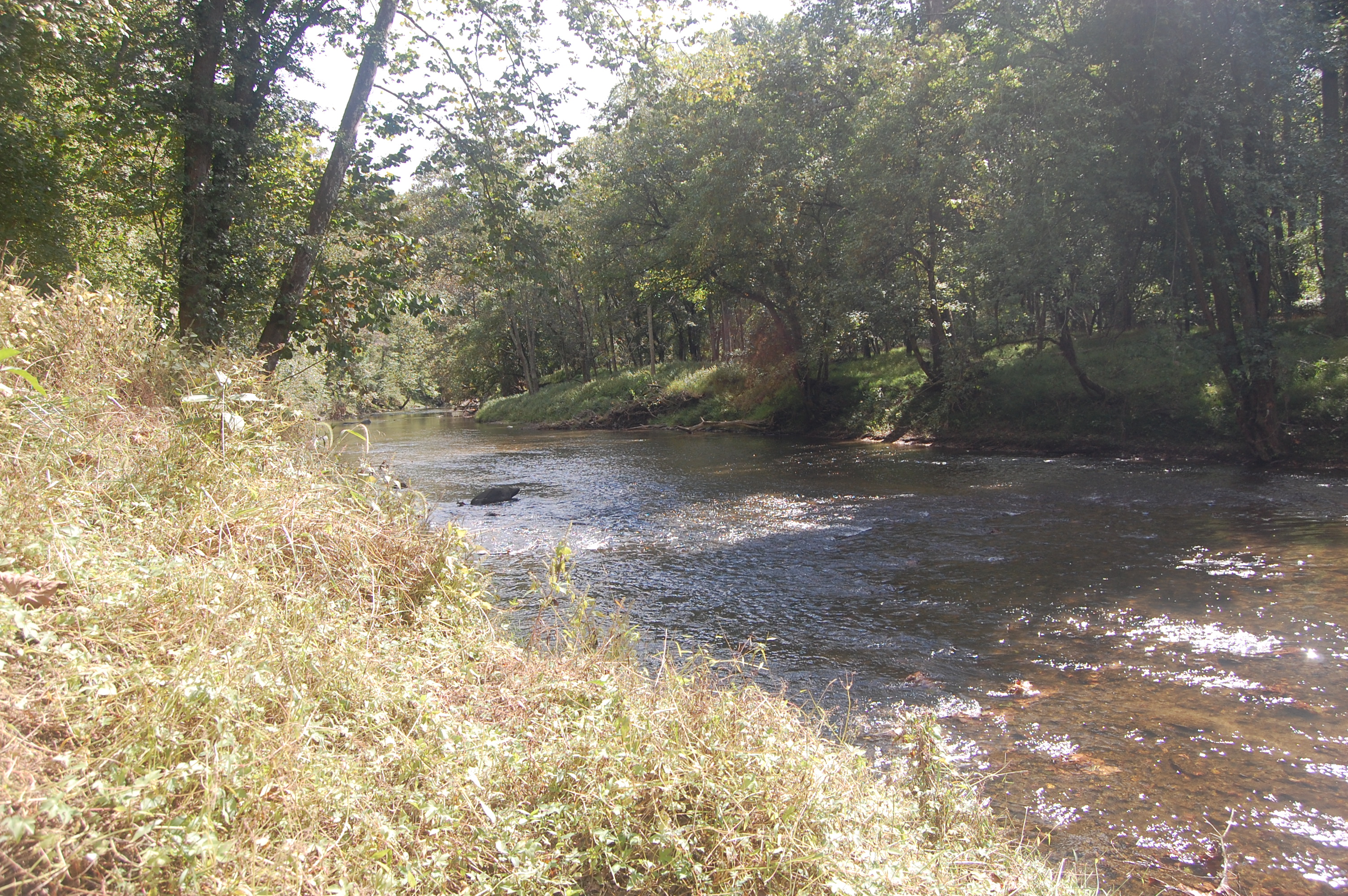
Pollution from septic systems is an ongoing issue in local Maryland streams and rivers, the Chesapeake Bay, and in wells. Last summer, we participated in a summer working group to identify the problems and possible solutions for moving forward. HB1765 is a result of collaboration among stakeholders and has passed the House of Delegates. This bill has passed both the House and Senate!
The Problem:
There are two types of pollution associated with septic systems: nitrogen and bacteria.
Nitrogen is a nutrient pollutant - a fertilizer for plants that can cause algae blooms and deadzones in our waterways. Many subwatersheds in Maryland have nitrogen impairments, meaning that these watersheds already have too much nitrogen to support their designated use, such as commercial fishing or recreation. When a subwatershed is designated as impaired, that means it cannot assimilate any new sources of nitrogen.
Properly functioning, conventional septic systems do not reduce nitrogen. Nitrogen-reducing technology (aka BAT systems) exists and is currently required in the "Critical Area" - 1,000 feet around the tidal waters of the Chesapeake Bay. Approximately 7% of the nitrogen in the Chesapeake Bay is attributed to septic systems, although the impact can be higher in individual areas. The five counties with the highest proportion of their nitrogen load coming from septic pollution are Calvert County (38%), St. Mary's County (21%), Anne Arundel County (15%), Charles County (14%), and Cecil County (10%).
Properly functioning, conventional septic systems do adequately treat bacteria. However, in Maryland septic systems are generally not inspected until the home is being sold, and it is possible for septic systems to fail without the homeowner becoming aware. The old adage is that with a septic system people "flush and forget," and as long as the toilets flush people think that their systems are working. Furthermore, to function a conventional septic system needs to be pumped out every 3-5 years, or it can fail prematurely. A recent review by Shore Rivers, a collection of riverkeepers on the Eastern Shore of Maryland, of local Water and Sewer Plans in just five counties identified over 90 communities with public health concerns associated with failing septic systems. Flush and forget and inspections at point of sale are not doing enough to protect Marylanders from bacterial pollution in their waterways.
The Solution:
To help address these issues, we worked with stakeholders and Delegate Lafferty to create HB1765, which passed both the Environment and Transportation Committee and the House of Delegates unanimously.
This bill:
- Provides incentives for local jurisdictions to create and implement Septic Stewardship Plans. If they do, counties may tap into state funds to help them create the plan, count pump outs towards their WIP nitrogen-load reduction, and may use up to 10% of the Bay Restoration Fund to help defray the cost of pump outs.
- Septic Stewardship Plans reflect US EPA best management practices, including education, pump outs, and record keeping.
- Will help local governments identify failing septic systems sooner and protect drinking water as well as Maryland rivers and streams from septic system pollution.
- Clarifies that Best Available Technology (BAT) septic systems will only count towards nitrogen reductions for local Watershed Implementation Plans (WIPs) only if the system is being properly maintained. BAT systems must be maintained annually in order to function properly and to remove the nitrogen for which they are given credits under the Bay Total Maximum Daily Load (TMDL).


